The number of neurons in animals – Top 10
It is estimated that the human brain, with a mass of one and a half kilograms, consists of almost 90 billion neurons, but does man have the largest number of neurons in the brain? It turns out that it is not the man who has the largest number of neurons, but the elephant. Man in turn has the largest number of neurons in the cerebral cortex (10–20 billion neurons). Below we present a table containing over 100 animals with the largest and lowest number of neurons in the brain.

Animals – the number of neurons in the brain
| No | Animal | Neurons in the brain |
| 1. | African elephant | 257 000 000 000 |
| 2. | Human | 86 000 000 000 |
| 3. | Gorilla | 33 400 000 000 |
| 4. | Orangutan | 32 600 000 000 |
| 5. | Chimpanzee | 28 000 000 000 |
| 6. | Yellow baboon | 10 950 000 000 |
| 7. | Giraffe | 10 750 000 000 |
| 8. | Brown bear | 9 586 000 000 |
| 9. | Rhesus macaque | 6 376 000 000 |
| 10. | Greater kudu | 4 910 000 000 |
| 11. | Lion | 4 667 000 000 |
| 12. | Striped hyena | 3 885 000 000 |
| 13. | Bonnet macaque | 3 780 000 000 |
| 14. | Tufted capuchin | 3 691 000 000 |
| 15. | Crab-eating macaque | 3 440 000 000 |
| 16. | Common squirrel monkey | 3 246 000 000 |
| 17. | Blue-and-yellow macaw | 3 136 000 000 |
| 18. | Blesbok | 3 060 000 000 |
| 19. | Springbok | 2 720 000 000 |
| 20. | Dog | 2 253 000 000 |
| 21. | Domestic pig | 2 220 000 000 |
| 22. | Raven | 2 171 000 000 |
| 23. | Kea | 2 149 000 000 |
| 24. | Raccoon | 2 148 000 000 |
| 25. | Sulphur-crested cockatoo | 2 122 000 000 |
| 26. | Capybara | 1 600 000 000 |
| 27. | Grey parrot | 1 566 000 000 |
| 28. | Rook | 1 509 000 000 |
| 29. | Three-striped night monkey | 1 468 000 000 |
| 30. | Emu | 1 335 000 000 |
| 31. | Tanimbar corella | 1 161 000 000 |
| 32. | Alexandrine parakeet | 1 096 000 000 |
| 33. | Eurasian jay | 1 085 000 000 |
| 34. | Western jackdaw | 968 000 000 |
| 35. | Northern greater galago | 936 000 000 |
| 36. | Common hill myna | 906 000 000 |
| 37. | Magpie | 897 000 000 |
| 38. | Black-rumped agouti | 857 000 000 |
| 39. | Cat | 760 000 000 |
| 40. | Rock hyrax | 756 000 000 |
| 41. | Azure-winged magpie | 741 000 000 |
| 42. | Monk parakeet | 697 000 000 |
| 43. | Barn owl | 690 000 000 |
| 44. | Eastern rosella | 642 000 000 |
| 45. | Common marmoset | 636 000 000 |
| 46. | Western tree hyrax | 505 000 000 |
| 47. | Octopus | 500 000 000 |
| 48. | European rabbit | 494 200 000 |
| 49. | Common starling | 483 000 000 |
| 50. | Prairie dog | 473 940 000 |
| 51. | Banded mongoose | 454 000 000 |
| 52. | Gray squirrel | 453 660 000 |
| 53. | Cockatiel | 453 000 000 |
| 54. | Ferret | 404 000 000 |
| 55. | Common blackbird | 379 000 000 |
| 56. | Cape dune mole-rat | 361 000 000 |
| 57. | Budgerigar | 322 000 000 |
| 58. | Pigeon | 310 000 000 |
| 59. | Common treeshrew | 261 000 000 |
| 60. | Gray mouse lemur | 254 710 000 |
| 61. | Guinea pig | 240 000 000 |
| 62. | Green-rumped parrotlet | 227 000 000 |
| 63. | Great tit | 226 000 000 |
| 64. | Red junglefowl | 221 000 000 |
| 65. | Eastern mole | 204 000 000 |
| 66. | Guyenne spiny rat | 202 000 000 |
| 67. | Brown rat | 200 000 000 |
| 68. | Damaraland mole-rat | 178 000 000 |
| 69. | Mechow’s mole-rat | 174 000 000 |
| 70. | Cape mole-rat | 170 000 000 |
| 71. | Goldcrest | 164 000 000 |
| 72. | Four-toed elephant shrew | 157 000 000 |
| 73. | Eurasian blackcap | 157 000 000 |
| 74. | Silvery mole-rat | 148 000 000 |
| 75. | Star-nosed mole | 131 000 000 |
| 76. | Zebra finch | 131 000 000 |
| 77. | Eastern rock elephant shrew | 129 000 000 |
| 78. | Hairy-tailed mole | 124 000 000 |
| 79. | Mashona mole-rat | 113 000 000 |
| 80. | Ansell’s mole-rat | 103 000 000 |
| 81. | Golden hamster | 90 000 000 |
| 82. | Nile crocodile | 80 500 000 |
| 83. | House mouse | 71 000 000 |
| 84. | Hottentot golden mole | 65 000 000 |
| 85. | Short-tailed shrew | 52 000 000 |
| 86. | Smoky shrew | 36 000 000 |
| 87. | Naked mole-rat | 26 880 000 |
| 88. | Frog | 16 000 000 |
| 89. | Adult zebrafish | 10 000 000 |
| 90. | Cockroach | 1 000 000 |
| 91. | Honey bee | 960 000 |
| 92. | Fruit fly | 250 000 |
| 93. | Ant | 250 000 |
| 94. | Larval zebrafish | 100 000 |
| 95. | Lobster | 100 000 |
| 96. | Amphioxus | 20 000 |
| 97. | Sea slug | 18 000 |
| 98. | Pond snail | 11 000 |
| 99. | Medicinal leech | 10 000 |
| 100. | Box jellyfish | 8 700 |
| 101. | Megaphragma mymaripenne | 7 400 |
| 102. | Jellyfish | 5 600 |
| 103. | Caenorhabditis elegans(roundworm) | 302 |
| 104. | Ciona intestinalislarva (sea squirt) | 231 |
| 105. | Asplanchna brightwellii (rotifer) | 200 |
| 106. | Sponge | 0 |
| 107. | Trichoplax | 0 |
Number of neurons in the brain of animals
The number of neurons in the brain of animals varies greatly depending on the species. For example, the brain of a honeybee has around 960,000 neurons, while the brain of a mouse has around 71,000,000 neurons. In comparison, the human brain has an estimated 86,000,000,000 neurons. However, it is important to note that the number of neurons alone does not determine intelligence or cognitive abilities. The way in which the neurons are connected and the complexity of the neural networks are also important factors.
In addition to the species, the size of the brain also plays a role in the number of neurons it contains. For example, the brain of a sperm whale is the largest known brain in the animal kingdom, weighing in at around 8 kg. On the other hand, the brain of a shrew, which is one of the smallest known mammal brains, weighs around 0.02 grams and contains around 36 million neurons.
Another example is the brain of an elephant which has around 257,000,000,000 neurons, which is more than any other mammal, however it’s often said that they have a “small brain” in comparison to their body size, it’s not a fair comparison.
It’s important to note that simply counting the number of neurons in an animal’s brain is not the only way to measure intelligence or cognitive abilities. Other factors, such as the complexity of neural connections and the ratio of brain size to body size, also play important roles in determining cognitive abilities.

Synapses
Synapses are the specialized structures that allow neurons to communicate with each other and transmit information throughout the brain and nervous system. Synapses are formed when the axon of one neuron makes contact with the dendrites of another neuron. At the point of contact, a small gap called the synaptic cleft separates the two neurons. When a neuron is activated and generates an electrical impulse, chemicals called neurotransmitters are released into the synaptic cleft. These neurotransmitters cross the cleft and bind to receptors on the dendrites of the receiving neuron, causing a change in the electrical charge of the dendrites and transmitting the impulse to the next neuron.
The number of synapses in the brain is much greater than the number of neurons. It is estimated that the human brain contains about 100 trillion synapses, which is about 1,000 times more than the number of neurons. The number of synapses can also vary depending on the individual and the level of experience, plasticity, and learning.
It’s important to note that the number of synapses alone is not the only factor that determines cognitive abilities, the strength and efficacy of the synapses, the number of neurotransmitters released, the receptors and the neural networks also play crucial roles in determining the cognitive abilities.
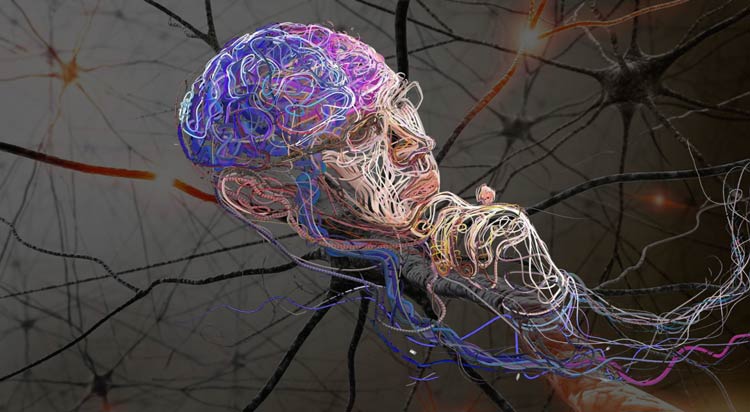
What determines the intelligence of animals – brain size, number of neurons, number of synapses, or something else?
The determination of intelligence in animals is a complex and multifaceted issue and there isn’t a single factor that can be used to determine the intelligence of animals. However, some factors that are commonly considered when trying to understand intelligence in animals include:
- Brain size
The size of the brain is often used as a rough indicator of cognitive abilities, with larger brains generally thought to be associated with more advanced cognitive abilities. - Number of neurons and synapses
The number of neurons and synapses in the brain is also thought to play a role in determining cognitive abilities, as a larger number of neurons and synapses would allow for greater complexity and processing power. - Neural connections and complexity
The complexity and organization of neural connections and networks are thought to be important factors in determining cognitive abilities, as a more complex and interconnected network of neurons would allow for greater flexibility and adaptability. - Enzyme and hormone levels
Some studies have shown that the levels of certain enzymes and hormones in the brain can also play a role in determining cognitive abilities, as they are related to learning, memory, and decision-making. - Evolutionary history and adaptation
The evolutionary history and adaptation of a species can also play a role in determining cognitive abilities, as certain species have evolved specialized cognitive abilities to adapt to their environments.
It’s important to note that intelligence is a complex and multifaceted phenomenon and cannot be reduced to a single factor or a specific measurement. It also varies greatly between species and even within a single species.
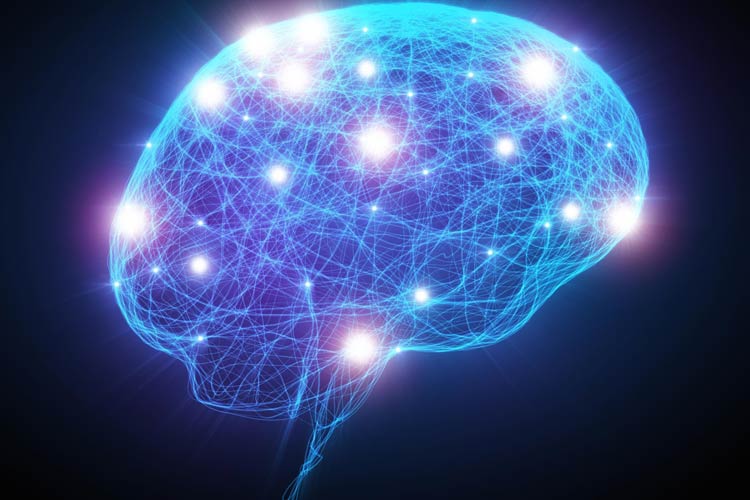
Do more intelligent people, with a higher IQ, have a bigger brain, a greater number of neurons, or a greater number of synapses, than less intelligent people?
There is a correlation between brain size and intelligence, but it is not a direct cause-and-effect relationship. Studies have shown that on average, people with higher IQ scores tend to have slightly larger brain volumes, but there is a lot of variation in brain size within any given IQ range. Additionally, brain size alone is not a good indicator of intelligence, as other factors such as the complexity of neural connections and the organization of neural networks also play important roles in determining cognitive abilities.
The number of neurons and synapses in the brain is also thought to be related to intelligence, but again, it is not a direct cause-and-effect relationship. It is estimated that the human brain contains about 86 billion neurons and around 100 trillion synapses. Studies have shown that the density of neurons and synapses in certain regions of the brain, such as the cerebral cortex, is related to cognitive abilities, but again, there is a lot of variation within any given IQ range.
It’s important to note that while there may be some correlation between brain size, number of neurons, number of synapses and intelligence, these factors alone do not determine intelligence. Intelligence is a multifaceted and complex phenomenon that cannot be reduced to a single measurement. It is also influenced by a variety of factors such as genetics, environment, and experiences, and it may change throughout a person’s lifetime.
Some studies suggest that smarter people have bigger and faster neurons.
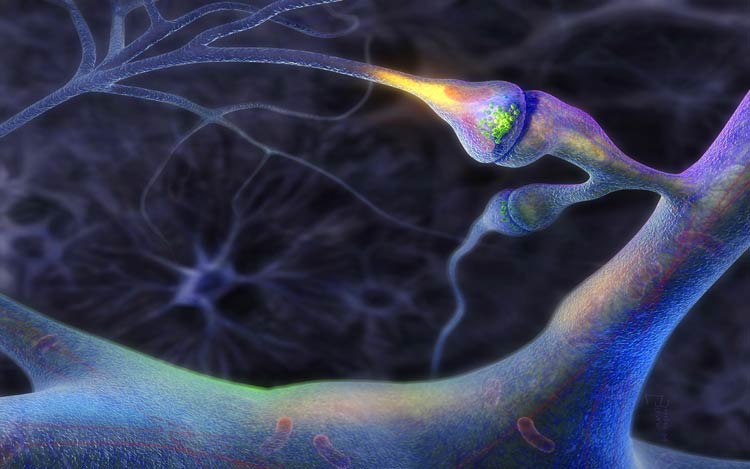
Questions for discussion – what do you think
- Since man has fewer neurons than an elephant, is he smarter than an elephant or not?
- If man is smarter, what determines intelligence?
- Do all humans have a similar number of neurons?
- Do people with a higher intelligence quotient (IQ) have:
- more neurons
- more synapses
- more neurons and synapses
- have the same number of neurons and synapses as people with a lower IQ
- Does the number of neurons decrease with age, or does it increase?
- At what age does man have the most neurons?


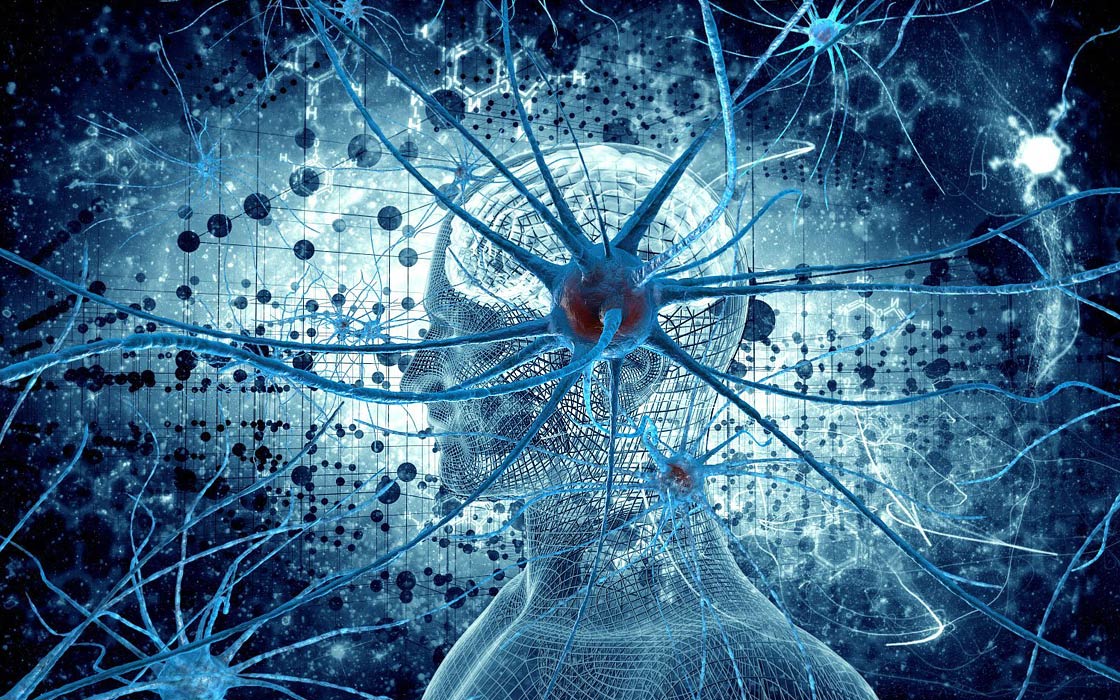







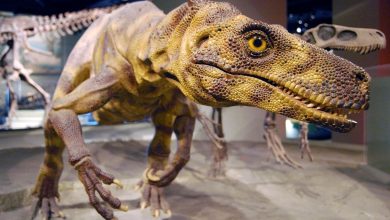



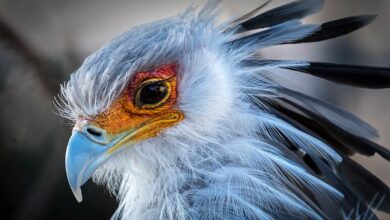





Interesting information!
I was looking for information regarding the horse and/or zebra, which unfortunately aren’t in this list although the dog and cat are. Understandable, as including all species would be impossible.
Since Giraffes have a similar body and brain weight as well as living strategy to horses, I guess that’ll
have to do!